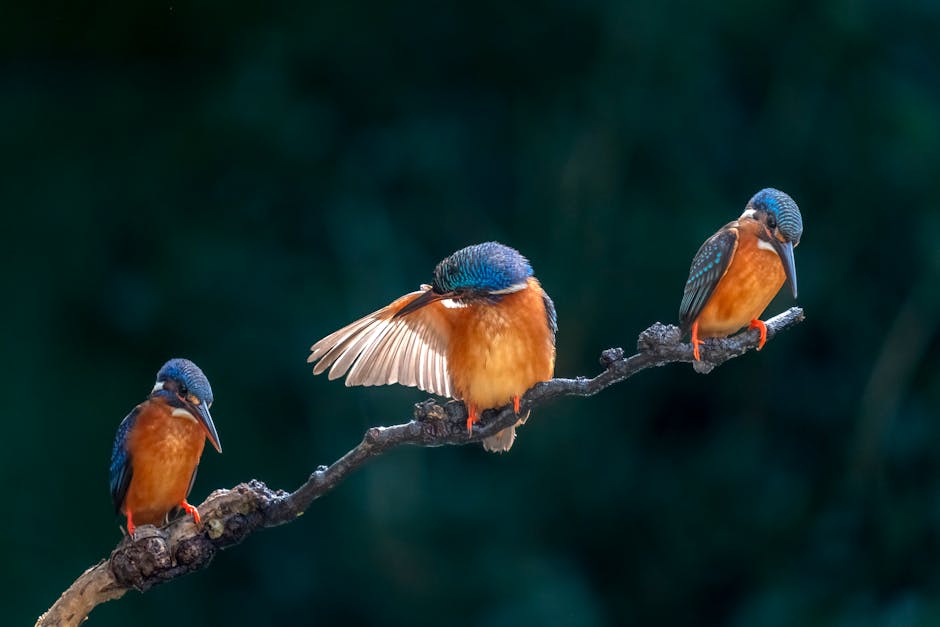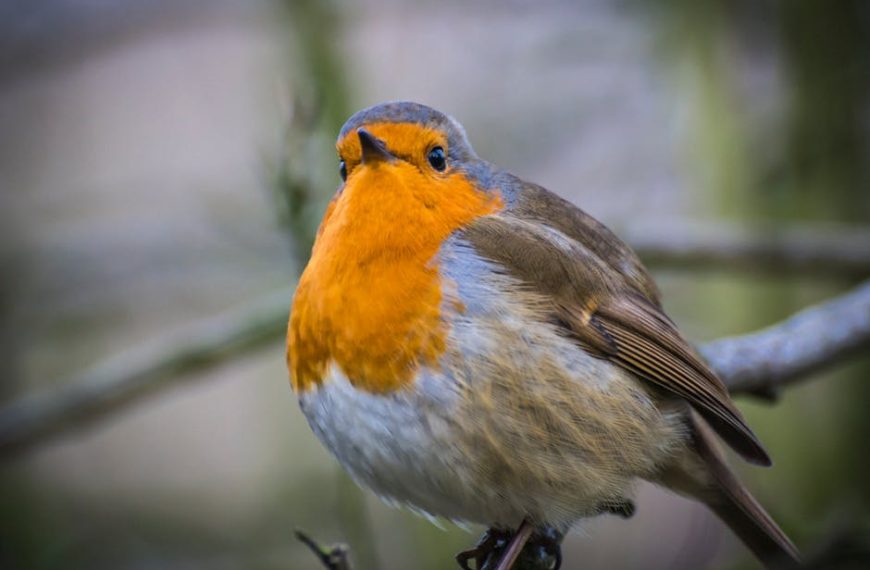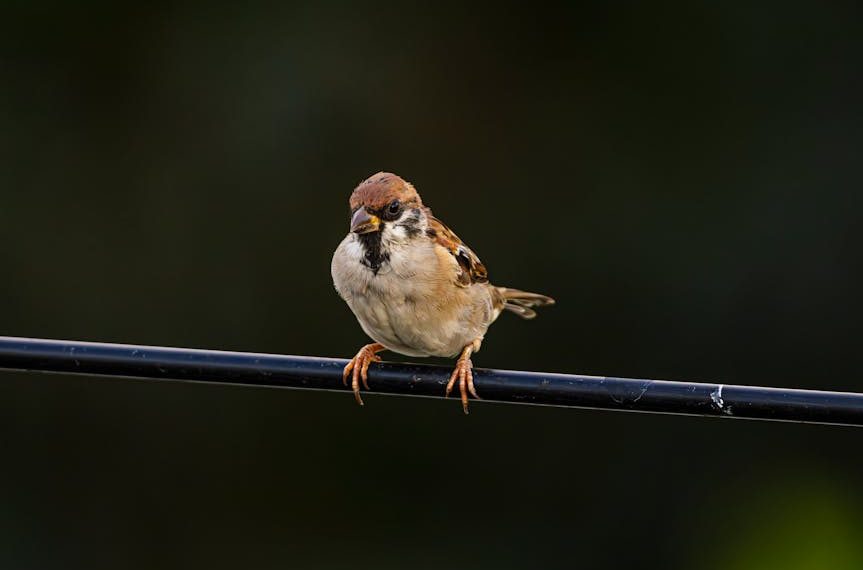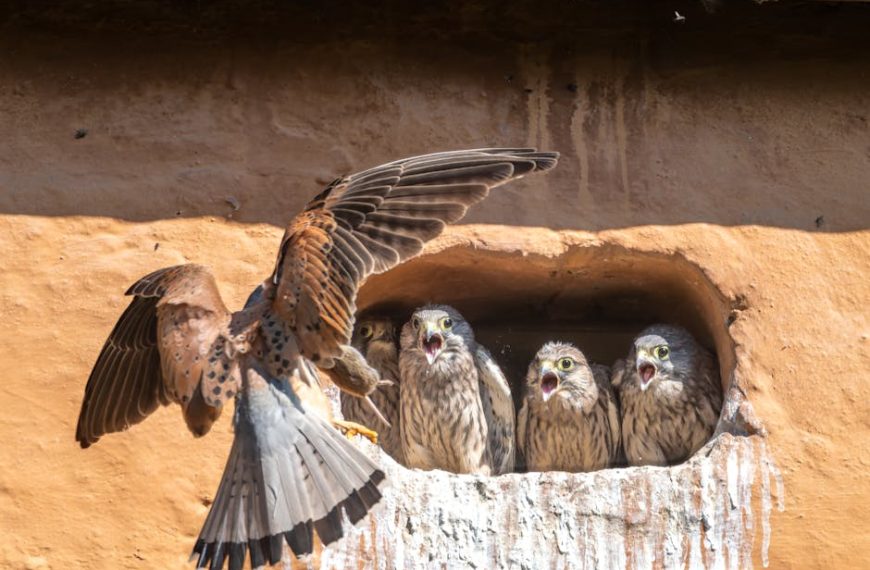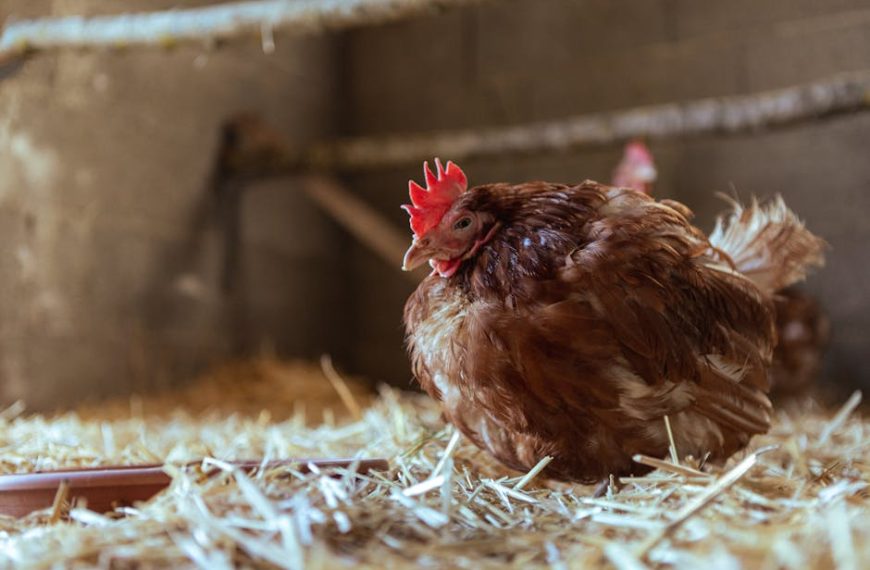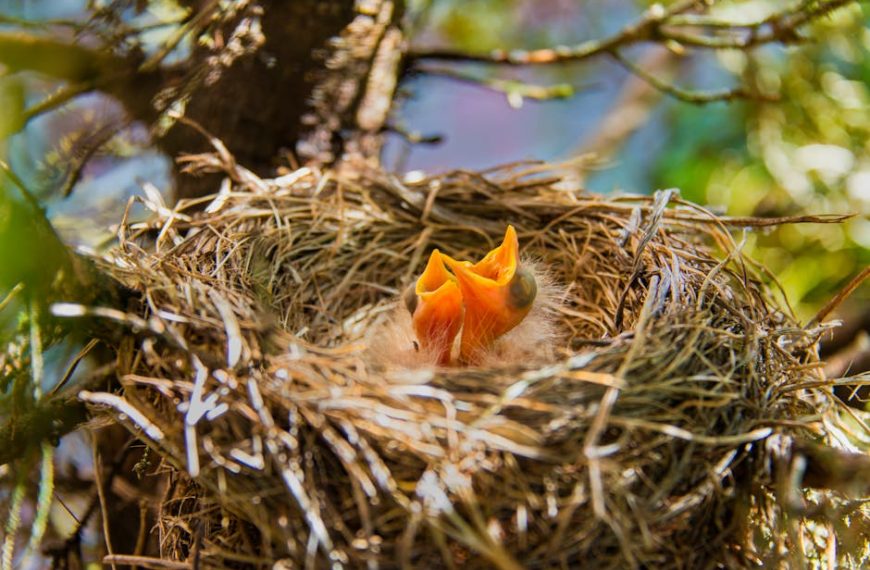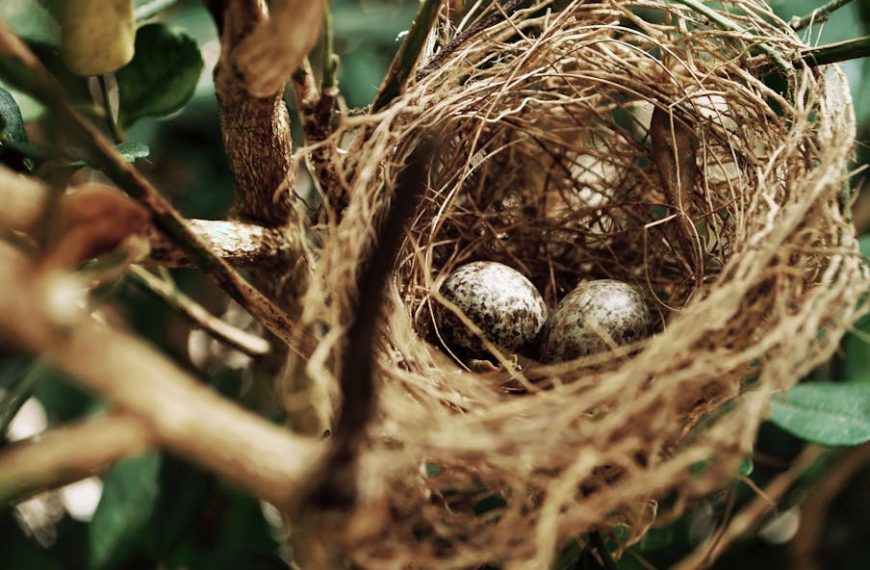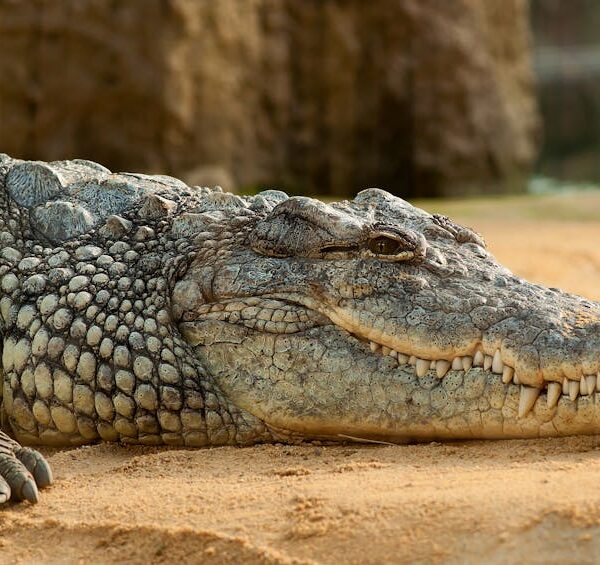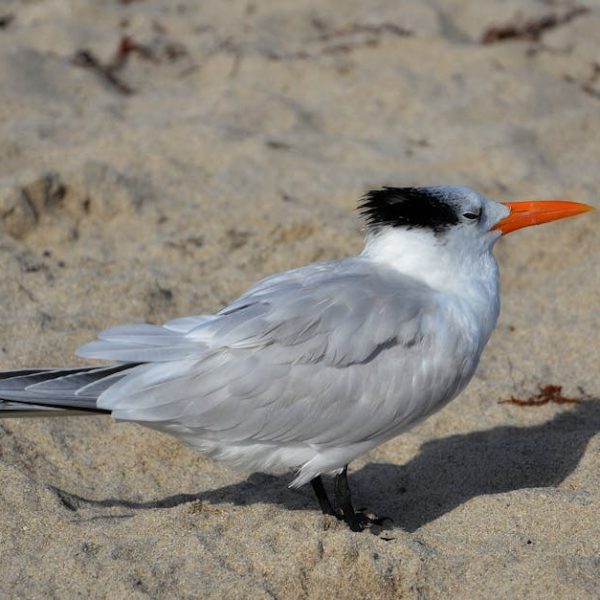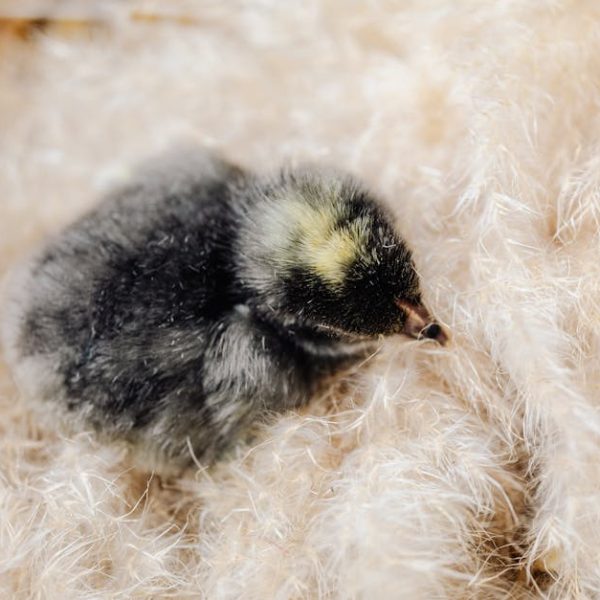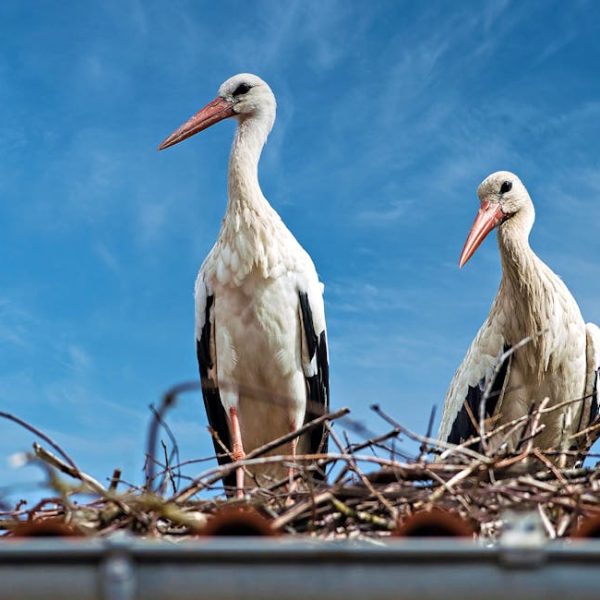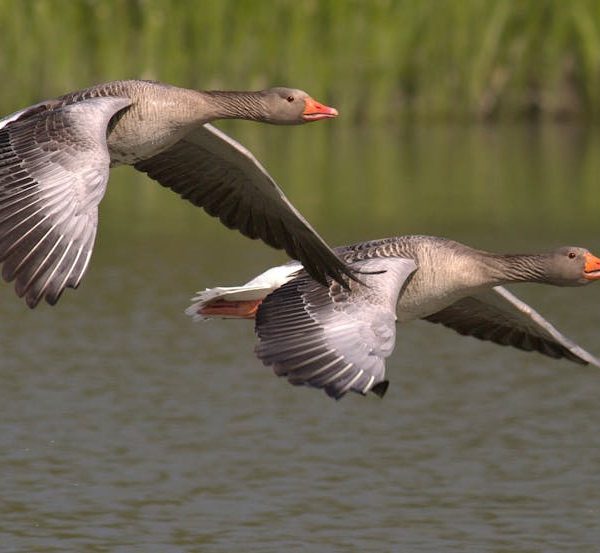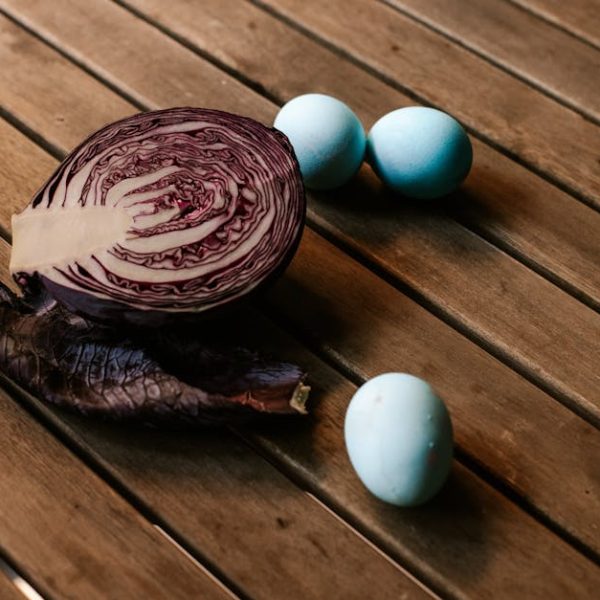Did you know that the process of bird fertilization is a fascinating phenomenon, both complex and marvellously streamlined? Let’s delve into the details and uncover the staggering intricacies of avian reproduction!
The bird’s reproductive system: A brief overview
Birds, like all animals, have specialized reproductive organs designed for the production and fusion of sex cells. These structures, in both males and females, function collectively to facilitate the production, transportation, and fertilization of eggs.
Male birds, for instance, possess two testes, while the female counterpart usually has a single functional ovary. The copulatory organs in birds, called the cloaca, play a pivotal role in the fertilization procedure by facilitating the transfer of sperm from the male to the female during mounting.
If you compare this to other organisms, a key distinction sets birds apart: the relative absence of external reproductive organs. Unlike mammals, most bird species lack penile structures. Instead, they engage in a behavior known as cloacal kiss during copulation for successful sperm transfer.
The process of fertilization in birds
Fertilization in birds is an internal process well-coordinated and precisely timed. During copulation, the male and female bring their cloacas into contact, allowing for the transfer of sperm. The male ejaculates the sperm, which travels up the reproductive tract of the female to fertilize the egg. This process is efficient but also intensely dependent on various factors.
Pro Tip: Timing is paramount. Birds usually copulate frequently around the time of egg production to ensure successful fertilization. Also, some birds are known for their ‘seasonal reproduction’, laying eggs only during specific times of the year.
For bird watchers or aspiring breeders, patience and respect towards these creatures during their reproductive cycles is a must. Interruptions can lead to stress, potentially hindering the successful laying and incubation of eggs.
The role of eggs in bird reproduction
Eggs hold a unique place in avian reproduction. Following fertilization, the zygote moves through the bird’s oviduct, enveloping itself in layers of yolk and albumen (egg white), followed by the formation of the shell. The egg thus serves as a protective vessel for the developing embryo, a source of nutrition, and an effective buffer against environmental conditions.
Main parts of the bird egg and their roles:
- The Shell: The egg’s protective outer case. It regulates water and oxygen.
- Yolk: The primary source of nutrition to the developing chick.
- Egg White (Albumen): Provides added nutrition and water to the embryo.
- Chalaza: Rope-like structure that holds the yolk in place.
When you compare bird eggs to those of reptiles, bird eggs possess a hard-shell covering (as opposed to leathery reptile eggs), a superior protective barrier crucial for the survival of the embryos.
While this initiates a broad understanding of bird fertilization, many complex sequences follow which essentially shape a new life within the egg. We’ll delve more into the incubation process and the common misconceptions around bird fertilization in the next segments. Stay tuned!
The incubation period: From fertilization to hatching
Once the egg is formed and pushed out, we step into the phase of incubation where the real magic unspools. The goal of incubation is to keep the egg at optimal temperatures for the developing embryo. In most species, either or both parents partake in this task, sitting on the eggs to transfer heat and frequently turning them to ensure even heat distribution.
Major events happening during this period:
- Hour 18: The heart starts to form.
- Day 3: The embryo’s blood vessels begin to form.
- Day 4-5: Formation of limbs and beak.
- Day 10: Feathers start developing.
- Day 21: For many species, this culminates in hatching.
Pros and Cons: Environmental factors play a significant role in determining the success of the incubation process. While optimal temperature and humidity levels can encourage successful hatching, extreme conditions can lead to embryonic mortality, deformed chicks or abandonment of eggs.
Common misconceptions about bird fertilization
Bird fertilization and reproduction are fascinatingly intricate, but this complexity often leads to misconceptions. Let’s bust some myths and reveal the fascinating truth about bird reproduction.
Some common bird reproduction myths:
- Misconception: All laid eggs are fertile. Fact: Not all eggs contain a viable embryo. Birds, like hens, can lay unfertilized eggs, which can’t hatch into chicks.
- Misconception: Every egg will hatch into a chick. Fact: Even if the egg is fertilized, variables like temperature, humidity, and parental care influence the likelihood of hatching.
Learning more about bird fertilization and investment in the entire process can help us appreciate these natural processes and the beauty of bird life. We hope that this article illuminates the astonishing complexity and simplicity of bird reproduction, from courtships to hatching. It’s a remarkable cycle of life that is fascinating to understand and witness! Use this knowledge responsibly, and remember – appreciate birds from a distance and interrupt as little as possible. Happy bird-watching!
Key Takeaway:
- Birds possess specialized reproductive organs like testes in males and usually a single ovary in females. The cloaca plays a pivotal role in bird fertilization by transferring sperm from male to female.
- Fertilization in birds is an internal and efficient process, involving a ‘cloacal kiss’ during copulation.
- Bird eggs serve multiple roles in avian reproduction, including protection of the embryo, nutrition provision, and insulation from environmental conditions.
- Incubation ensures optimal heat for the developing embryo with key events happening, such as heart formation, limb and beak production, feather development, and finally, hatching.
- Common misconceptions about bird reproduction include the belief that all laid eggs are fertile and each will hatch into a chick.
It is essential to appreciate the marvelous intricacy and simplicity of bird reproduction, from courtship to hatching. Whether bird-watching or breeding, a deeper understanding of the bird reproductive system can lead to a more fulfilling and respectful interplay with these amazing creatures. Happy bird watching!
FAQs
Q: Is the process of mating the same across all bird species?
A: Not all bird species mate the same way. While many engage in the ‘cloacal kiss’ for sperm transfer, some bird species, like ducks, do possess copulatory organs.
Q: What happens if the eggs don’t receive optimal temperature during incubation?
A: Optimal temperature is crucial during incubation. Extreme conditions can lead to embryonic mortality, deformed chicks, or abandonment of eggs by the parents.
Q: Can birds lay eggs without mating?
A: Yes, certain species of birds, like chickens, can lay eggs without mating. However, these eggs are unfertilized and will not hatch into chicks.
Q: Besides hard shells, are there any other unique characteristics of bird eggs?
A: Yes, bird eggs also have unique structures like the chalaza that holds the yolk in place. The yolk and albumen (egg white) provide crucial nutrition to the developing embryo.
Q: Does the male bird play any role after the eggs are laid?
A: In many bird species, both parents partake in the incubation process, providing heat and regularly turning the eggs for even heat distribution.
Remember to explore more posts on our website and share this article with fellow bird enthusiasts. Keep discovering and appreciating the intricate beauty of birdlife!
